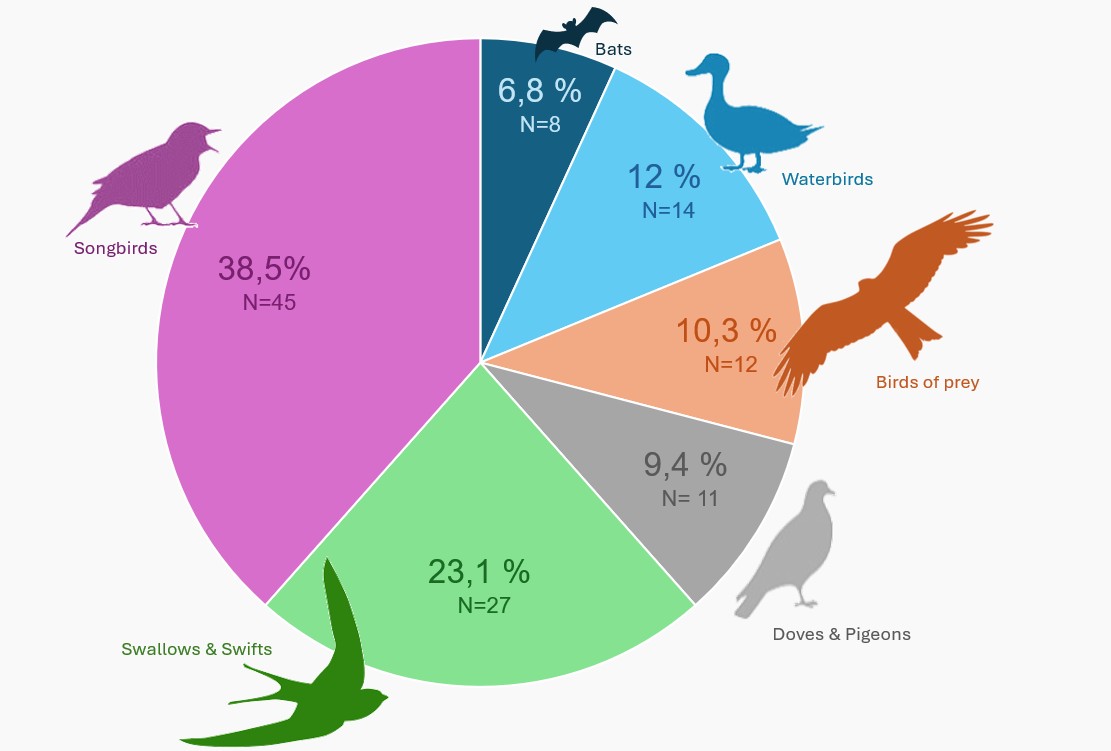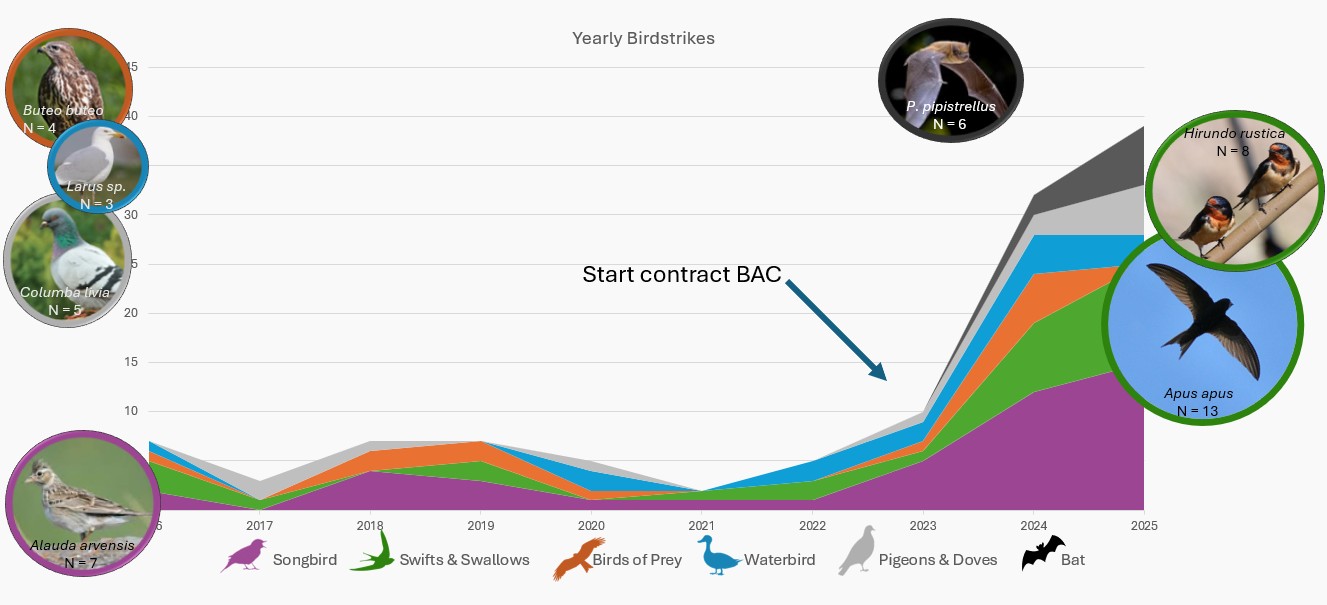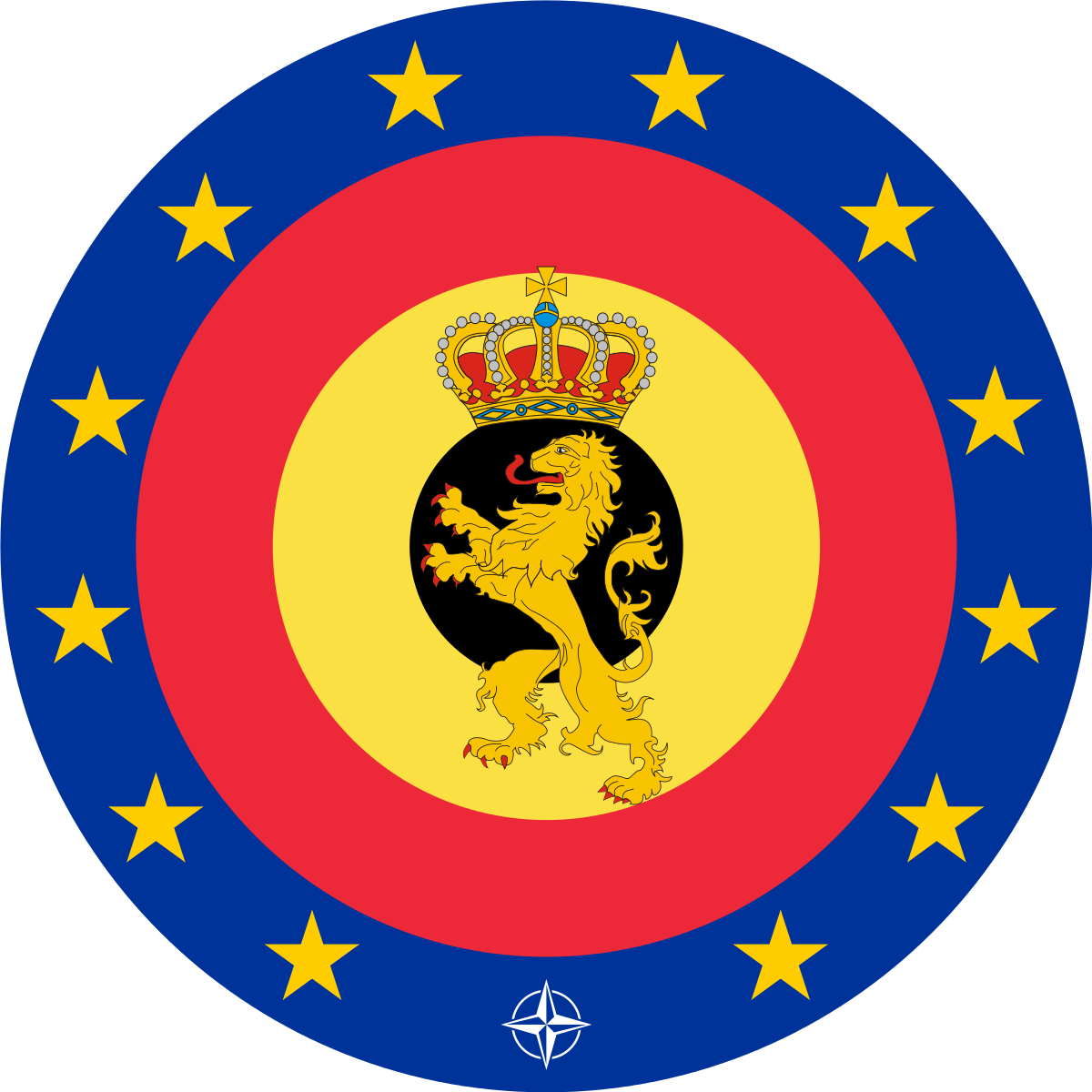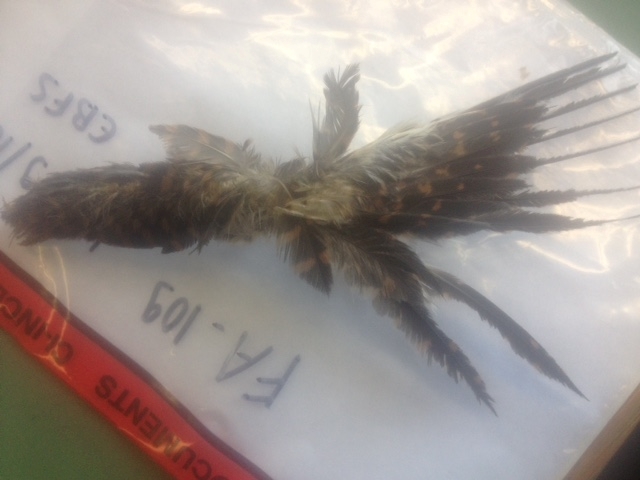Bird strike species identification using DNA barcoding
Policy concern: forensics, economic impact

The Brussels Airport Company and the Air Component of the Belgian Armed Forces are in need of accurate identifications of birds involved in collisions with aircrafts (i.e., bird strikes). BopCo, in collaboration with taxonomic experts of the Royal Museum for Central Africa (RMCA) and the Royal Belgian Institute of Natural Sciences, investigate the feathers to identify the bird species, by using both morphology and DNA-based techniques.
In case of blood traces (or any other remains), DNA-based species identifications are necessary since no morphological characteristics can be studied. Based on the provided species identifications, the Brussels Airport Company and the military Air Component of the Belgian Army can implement the necessary precautions to prevent future bird strikes.
Within the framework of this recurrent request, knowledge gaps concerning the availability of COI sequences for multiple genera (e.g. Larus) were detected. In response, several voucher specimens (from the Ornithology Collection of the RMCA) were used for DNA barcoding. The generated sequences were uploaded to online genetic reference databases (Genbank & BOLD).
Some birds often involved in these incidents include buzzards (such as Buteo buteo), swifts & swallows (such as Apus apus, Hirundo rustica), and songbirds (such as Alauda arvensis, Carduelis cannabina).


Partners & collaborators
Brussels Airport Company
Air Component of the Belgian Armed Forces







